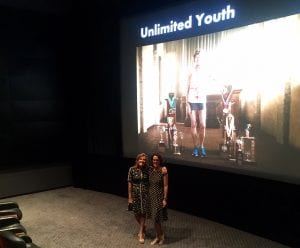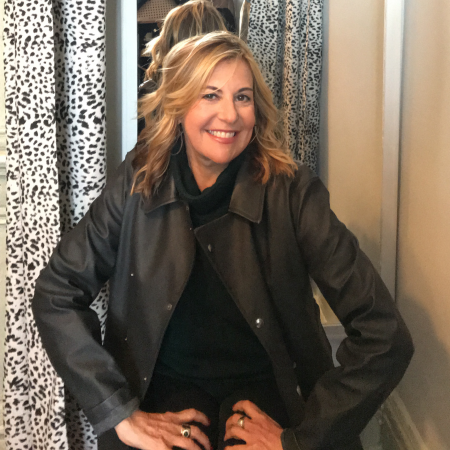 “A woman her age is supposed to be invisible. But Hillary Clinton, who is 68, refuses to disappear — and there is no shortage of people who despise her for it,” writes Petula Dvorak, as she reflects on society’s pervasive and persistent views on older women in her Washington Post column. When I shared this account of blatant ageism with enlightened people, including those in my field of marketing communications, most responded in disbelief. “I had no idea we make older people feel so invisible,” said one accomplished former CMO.
“A woman her age is supposed to be invisible. But Hillary Clinton, who is 68, refuses to disappear — and there is no shortage of people who despise her for it,” writes Petula Dvorak, as she reflects on society’s pervasive and persistent views on older women in her Washington Post column. When I shared this account of blatant ageism with enlightened people, including those in my field of marketing communications, most responded in disbelief. “I had no idea we make older people feel so invisible,” said one accomplished former CMO.
This cultural bias – to categorize and label a vibrant, powerful 68-year-old world leader as a “hag” – is the very reason my colleague Andrea Barish and I started Ketchum 50+ last year – to end the caricaturish portrayals of people those in marketing and media often cast negatively and inaccurately as “past their prime.” We know it’s not intentional, but it’s insidious, and insulting.
Whether name calling, photo shopping, or just plain ignoring, our youth culture persists in underestimating and misrepresenting a third of the U.S. population, whose spending power, leadership chops, and “Wonderlust” make us invisible no more.
In fact, there’s no resting on our laurels as we age, according to a new survey of people 50+ conducted by Ketchum Global Research & Analytics. To the contrary, 50+ is an age of wonder, characterized by a newfound sense of possibility, fueled by intense curiosity and optimism. Debunking the myth that older people become complacent – “hags” – respondents told us they seek opportunities to continue learning, make societal contributions, and find spiritual connections.
Not surprisingly, those in their 50+ years volunteer for charitable causes three times more often than even those in their 40s, with more vigor and commitment than Madison Avenue sometimes shows.
So c’mon already. When Hillary Clinton turns 69 on October 26, let’s celebrate her vitality and hold her up as what older people are and feel. Powerful, optimistic, and at the peak of our prime.
